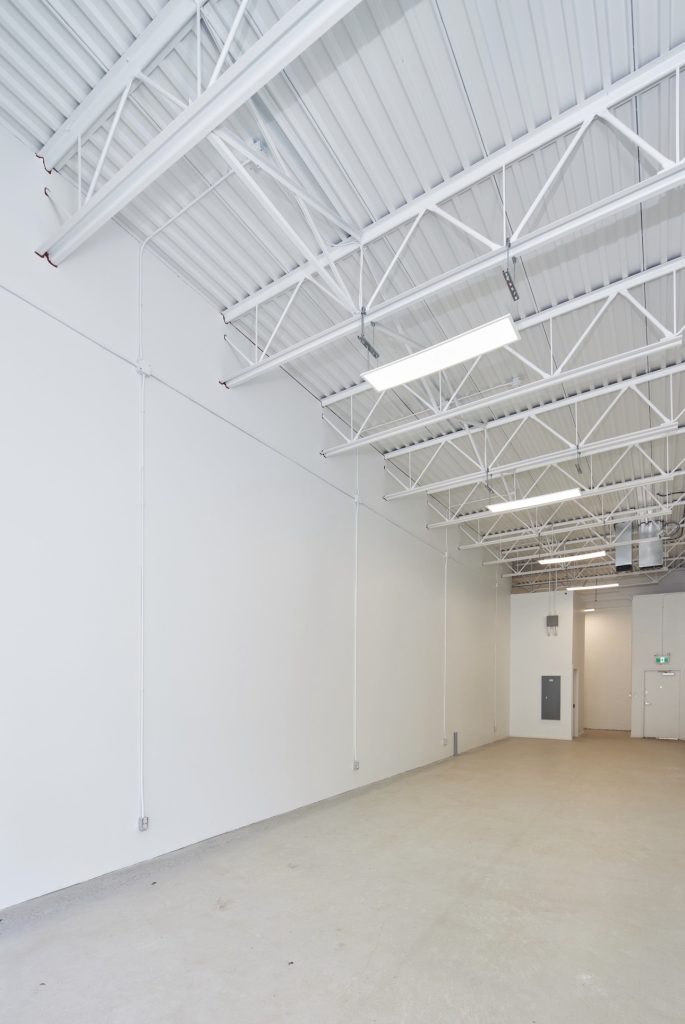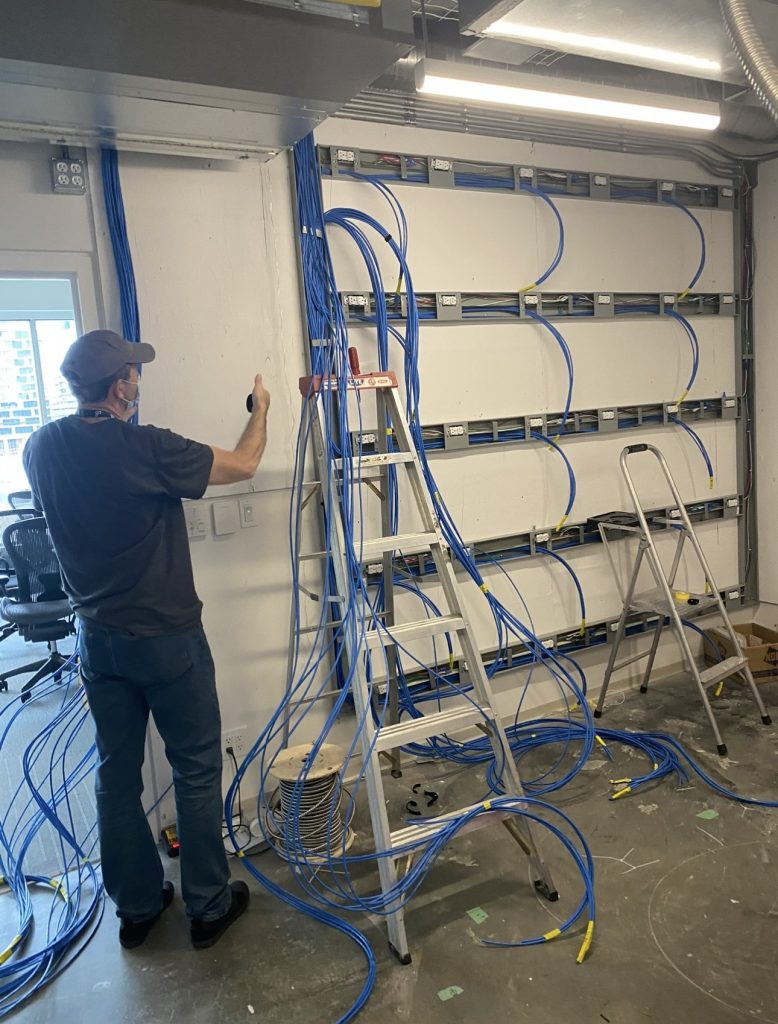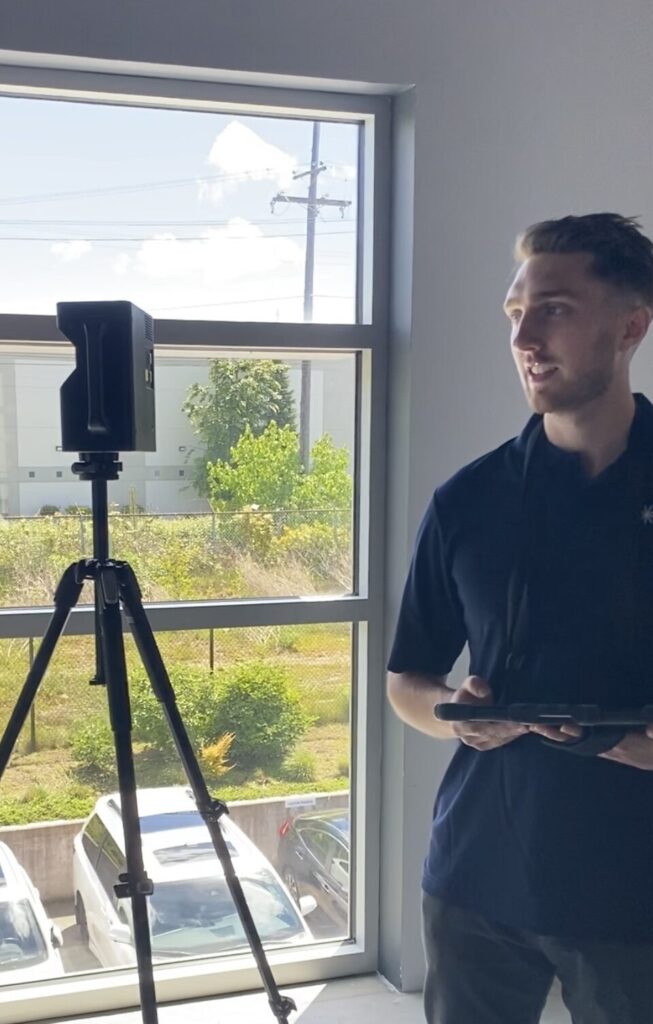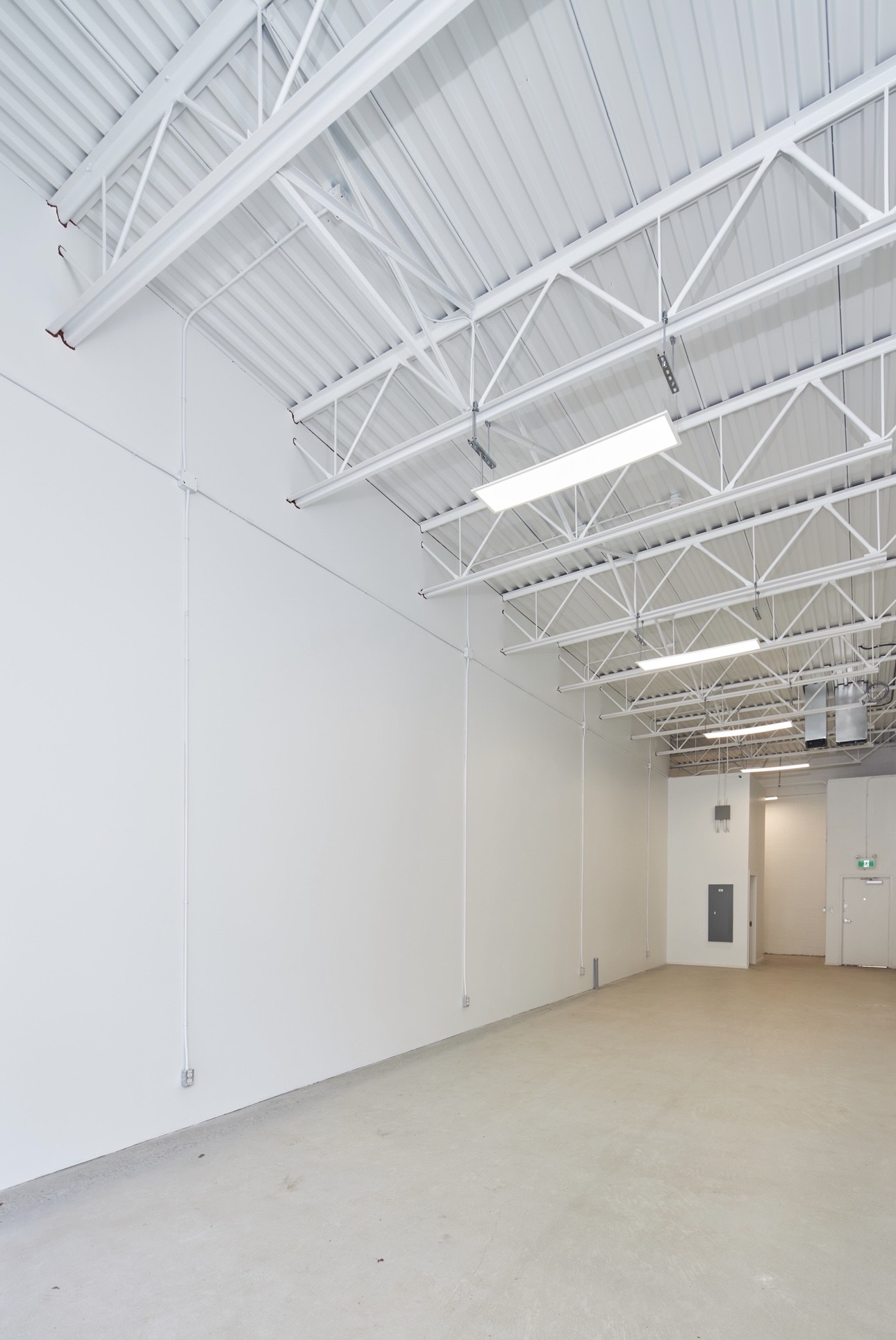We’re Your Partners in Building for Ai
We’re building now and we’ve been building for AI: Planning and Executing AI-Ready Infrastructure for Startups and Enterprises
The AI industry is rapidly accelerating. Startups and established businesses alike face a growing demand for robust, scalable, and resilient physical spaces. From data centers to edge compute hubs, secure data rooms to high-density server rooms, the physical environments that house AI workloads are as crucial as the algorithms they run. This article explores the essential concepts behind “Building for AI,” the practical spaces required, and the value a seasoned partner like Costo Construction brings to the table. We’ll also look at future infrastructure needs, supported by industry insights, and a reminder that human relationships underpin every successful project.

The AI-Ready Built Environment: Why “Building for AI” Matters
AI workloads—especially those involving large-scale model training, real-time inference, and data-intensive analytics—demand more than just powerful chips. They require a holistic approach to space, systems, and safety. “Building for AI” means designing facilities with the following priorities in mind:
• High-density computing capacity and flexible layouts.
• Advanced cooling strategies to sustain performance and reliability.
• Robust power provisioning with redundancy and resilience.
• Stringent security, data governance, and regulatory compliance.
• Acoustic, fire safety, and environmental controls tailored to sensitive equipment.
• Scalable footprints that accommodate growth, spiking workloads, and evolving architectures.
• Efficient operations and maintenance models that keep hardware healthy and productive.
For AI industry startups, these factors translate into spaces that can adapt from proof-of-concept experiments to full-scale production, without costly retrofits or disruptive downtime. For more established AI firms, a well-planned facility is a competitive differentiator—enabling faster time-to-market, improved talent experience, and lower total cost of ownership over the lifecycle of the infrastructure.
Core Space Types in an AI-Driven World
A modern AI facility is a network of specialized spaces that work in concert. Here are the core spaces you’ll likely need, along with practical design considerations for each.
Data Centers (Core AI Compute Halls)
Purpose: housing the primary AI compute, storage, and high-speed networking required for model training and large-scale inference.
Design notes: high-density racks, modular data halls, scalable cooling (air, DX, or liquid cooling as density warrants), redundant power (N+1 or 2N), fault-tolerant network interconnects, and advanced monitoring.
Edge Compute Hubs
Purpose: delivering latency-sensitive AI inference near the data source (industrial, retail, smart cities, autonomous systems).
Design notes: compact, scalable footprints; ruggedized enclosures; secure remote management; efficient cooling tailored to smaller sites.
R&D Labs and Experimental Sandboxes
Purpose: rapid prototyping, model iteration, and experimentation in controlled environments.
Design notes: flexible workstations, modular power and cooling, testing racks, and data governance controls to protect IP.
Secure Data Rooms and Compliance Suites
Purpose: handling sensitive or regulated data with strict governance and auditing requirements.
Design notes: controlled access, tamper-evident logging, data masking and anonymization support, and secure data transfer workflows.
Model Evaluation, Bias, and Explainability Labs
Purpose: independent testing and governance of AI models for fairness, robustness, and safety.
Design notes: isolated evaluation environments, privacy-preserving compute, and rigorous monitoring dashboards.
SOC/Operations Centers and DevOps Rooms
Purpose: real-time monitoring, incident response, and deployment management for AI infrastructure.
Design notes: security-conscious design, redundant communications, and collaboration zones.
Training Centers and Co-Lab Spaces
Purpose: onboarding, partner engagements, and collaborative development for ML engineers, data scientists, and operators.
Design notes: AV-ready classrooms, prototyping stations, and shared GPU resources in modular layouts.
Utility and Mechanical Rooms
Purpose: support for power distribution, cooling plants, and environmental controls.
Design notes: modular UPS rooms, precision cooling plants, efficient heat rejection, and robust fire suppression.

Practical Planning Principles for AI Facilities
To translate the space types above into a cost-effective, future-proof build, consider these proven principles:
• Modularity and scalability: Design data halls and space blocks as modular modules that can be added or repurposed with minimal disruption. This reduces a future-proofing tax and accelerates time-to-value.
• Density-aware cooling: AI workloads push density higher than typical IT environments. Employ cooling strategies that can scale with density—starting with air-cooled baselines and enabling liquid cooling or immersion cooling as needed.
• Power resilience: Redundancy is non-negotiable. Plan N+1 (or higher) redundancy for critical feeds, robust DC power distribution, and on-site fuel resilience for longer sustainment in outages.
• Security by design: When building for Ai, physical and cyber security are intertwined. Identify secure zones, controlled access, tamper-evident measures, and auditable data-handling workflows from the outset.
• Data governance and privacy: Secure spaces for data preparation, labeling, synthetic data generation, and de-identification processes to meet regulatory expectations and internal policies.
• Acoustic and environmental controls: AI infrastructure can be noisy and heat-intensive. Acoustic design, vibration control, filtration, and precise environmental monitoring help maintain performance and staff comfort.
• Sustainability and efficiency: Employ energy-efficient designs, heat reuse opportunities, efficient UPS strategies, and sustainable procurement practices to lower total cost of ownership and environmental impact.
• Collaboration and talent experience: Building for Ai means building spaces that attract and retain top AI talent—comfortable collaboration zones, well-lit environments, and clean, safe, well-supported facilities.
Costo Construction: A Proven Partner in AI-Focused Facilities
Costo Construction has a track record of delivering complex, high-stakes projects across a spectrum of spaces that demand strong electrical, fire safety, and acoustic considerations. Our experience includes:
• Office spaces designed for productivity and collaboration.
• Sound and recording studios requiring precise acoustic treatment and vibration control.
• Server rooms and data centers where reliability, uptime, and cooling are paramount.
Other utility and commercial spaces with significant electrical loads and rigorous fire safety requirements.

We’ve partnered with leading technology brands to bring high-precision facilities to life, including collaborations with Electronic Arts, Sega, Radical Entertainment and Relic Entertainment. As certified construction managers, we have the ability to assemble and lead teams of skilled professionals to plan, execute, and maintain tech facilities and assets. Our approach prioritizes quality, safety, and schedule adherence, ensuring projects are delivered on time and on budget while meeting or exceeding client expectations.
The Future of Building for AI Infrastructure: Build Requirements
As AI workloads evolve—from foundation model training to real-time personalization and edge intelligence—so too will the demands on the physical facilities that support them. Key trends shaping the future of AI infrastructure build requirements include:
Scaling computing and storage density: When building for Ai, expect higher rack densities and more intense data movement, requiring smarter cooling, advanced liquid cooling options, and more resilient power systems.
Edge-to-cloud orchestration: A hybrid architecture will emerge where edge compute near the data source pairs with central data centers and cloud services for aggregated analytics and model training.
Security and privacy at scale: As data volumes grow and regulatory landscapes evolve, facilities must support automated data governance, auditability, and robust access controls embedded into the environment.
Autonomous operations and monitoring: Real-time health checks, predictive maintenance, and autonomous asset management will influence the design of control rooms, sensors, and automation systems.
Sustainability as a core requirement: Energy efficiency, waste heat reuse, and responsible procurement will drive capital and operating budgets.
A reputable source discussing AI infrastructure requirements is the article “AI infrastructure demands data center architecture to adapt” from TechTarget’s SearchDataCenter, which highlights how AI workloads influence data center architecture, cooling, and power strategies. For a broader perspective on AI and infrastructure, you can explore the following authoritative sources:
TechTarget – AI infrastructure demands data center architecture to adapt
https://www.techtarget.com/searchdatacenter/feature/AI-infrastructure-demands-data-center-architecture-to-adapt
Uptime Institute – Data Center Design Considerations for AI and HPC Workloads
https://uptimeinstitute.com/ai-and-hpc-data-center-design
The Human Core: It’s People, Not Just Machines
Despite the rapid pace of technological advancement, the future of AI infrastructure will still hinge on human relationships. At Costo Construction, we understand that building for Ai ready spaces is as much about people as it is about hardware. Our approach emphasizes collaboration, clear communication, and a deep commitment to client partnerships. We assemble and lead teams of engineers, project managers, safety specialists, and tradespeople who work together to plan, execute, and maintain assets. We believe in empowering our clients with knowledge, offering transparent project management, and delivering facilities that not only perform to spec but also feel like a trusted extension of their teams.
That human-centered philosophy guides every project, from initial design reviews to final turnover and ongoing maintenance. By cultivating long-term relationships with clients, suppliers, and industry partners, we create environments where AI can thrive—and where the teams who build and operate these facilities can grow their own capabilities. It’s this blend of technical excellence and human collaboration that enables Costo Construction to help clients realize transformational outcomes in AI-enabled operations.
Practical Takeaways for Startup and Enterprise AI Facilities when Building for Ai.
PreConstruction Planning: Start with a clear roadmap: Before construction begins, partner with Costo Construction via our Owner Representation or Construction Management services for due diligence regarding your site and your objectives. Map out the exact space requirements, growth milestones, and critical bottlenecks. Consider modular data halls, scalable cooling paths, and phased deployments to reduce risk and optimize spend.

Invest in governance from day one: Secure data rooms and data handling workflows, create explicit access control policies, and define audit trails to support compliance and operational continuity.
Prioritize talent experience: The people who design, build, and operate these facilities are essential to success. Plan flexible collaboration spaces, comfortable work environments, and predictable maintenance programs.
Choose keen partners with real-world experience: Building for Ai. A partner like Costo Construction brings proven energy and expertise across office spaces, sound studios, data centers, and complex network, electrical and fire-safety-intensive environments. Our collaboration history with industry leaders demonstrates our capability to deliver high-quality facilities that meet demanding requirements.
Embrace the future while preserving the present: Build for today’s AI workloads while designing with an eye toward tomorrow’s innovations. A modular, scalable approach with strong governance and a focus on human relationships will ensure facilities remain resilient and productive as technology evolves.
Read our recent article here to learn more about our services:
https://costoconstruction.com/uncategorized/the-sustainable-workplace/
Conclusion
Building for AI means more than selecting the fastest GPUs or the newest processors. It requires a thoughtful, forward-looking approach to the physical spaces that house the algorithms and data that power AI. From data centers to edge hubs, secure rooms to collaboration zones, the right facilities enable faster experimentation, safer data handling, and more reliable operations. Costo Construction stands ready to partner with AI startups and established enterprises to design, build, and maintain these environments with the highest standards of quality, safety, and collaboration. While the future of AI may be dynamic and uncertain, one thing remains constant: it is the people—our teams, clients, and partners—who move us forward. Together, we will build the future.
Citations:
TechTarget – AI infrastructure demands data center architecture to adapt
https://www.techtarget.com/searchdatacenter/feature/AI-infrastructure-demands-data-center-architecture-to-adapt
Uptime Institute – Data Center Design Considerations for AI and HPC Workloads
https://uptimeinstitute.com/ai-and-hpc-data-center-design

